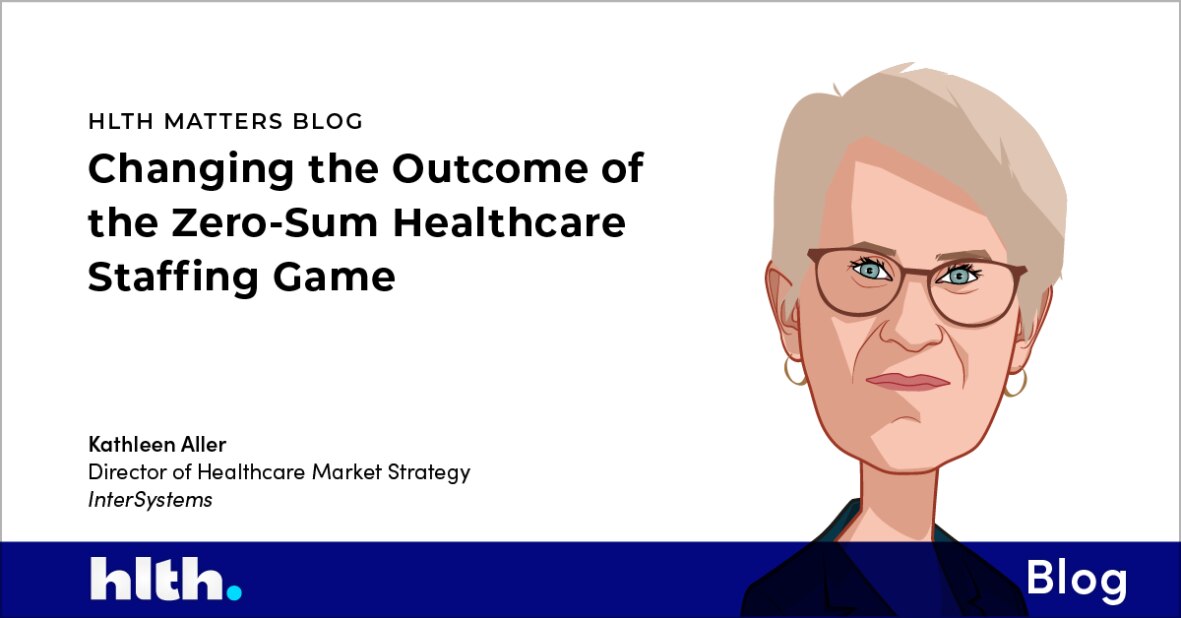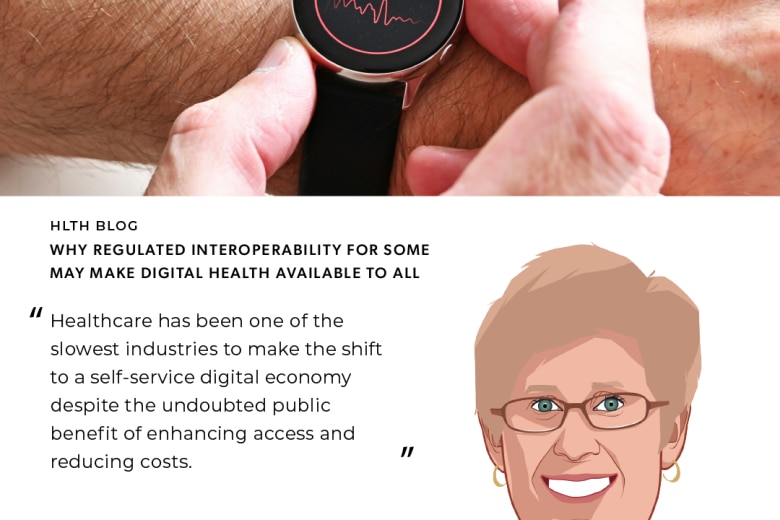I can still remember the day my daughter grasped the idea of zero, and the fun we had with “what’s 95 plus zero?” or “what’s 2 take away zero?” followed by her increasingly triumphant responses.
Flash forward to a recent conversation with the physician who is Chief Digital and Technology Officer of an eminent specialty hospital. We were discussing new and expanding healthcare market entrants and their plans to deliver virtual care. He grew increasingly heated as he pointed out that regardless of who is offering the service, there are only so many practitioners to deliver care – this is essentially a zero-sum game. At best, we are moving skilled caregivers around in a giant game of musical chairs.
A new University of Chicago study found that primary care providers would need 26.7 hours per day if they were to follow all recommendations for preventive, chronic disease and acute care for their panels. Combine this with what the World Health Organization estimates is a global shortage of 4.3 million physicians, nurses, and other health professionals, and the reality of that executive’s comments becomes very evident.
Telehealth and virtual care DO make care more accessible and more convenient – I’m all for it! But simply adding new telemedicine or provider matching services that rely on human caregivers doesn’t change the basic math problem. And it isn’t proving to be an easy business model, as the recent decision to end Amazon Care illustrates.
Which is why we need digital healthcare solutions that:
A. Make providers more efficient, or
B. Empower patient self-management, or
C. Leverage AI to handle some of the lower hanging fruit, or
D. All of the above
All of which are vitally important to the future of care.
Gartner likes the term “Digital First” to describe the idea of systematically flipping from an in-person, patient centric model of healthcare delivery to “one that prioritizes digital engagement and the use of digital products and service throughout the entirety of an individual’s health journey.”
The digital first healthcare concept is a good one, but to succeed it will require a significantly higher level of digital maturity than we see today. For example, we can make providers more efficient by streamlining business transactions like prior authorizations for care – a requirement in most healthcare systems around the globe – that significantly interfere with the continuity of care for patients and are a burden to providers. Interoperability-based solutions leveraging the HL7 FHIR standard are on track to reduce this burden but are as yet mostly in the pilot stage.
Patient self-management tools and digital therapeutics are a major focus of investment funding, particularly for chronic conditions. Venture capital dollars flow into the digital health space at a rate 5 times that of other industries, attracted by a $10T global opportunity, and successes like Livongo. But as the subsequent write down of the Livongo acquisition suggests, start-up success doesn’t necessarily translate to meaningful change in healthcare. We need far more data on what does, and does not, work, and for what population cohorts. Health information sharing is critical to generating that kind of evidence.
And then there is extending caregiver capabilities with AI and other technologies. It’s incredibly encouraging to see the widespread adoption of capabilities like teleradiology, remote ICU monitoring, AI for pathology and imaging interpretation, and similar initiatives. But when we conducted a survey on the adoption of AI in healthcare in the US, UK, and Germany, there was relatively low mainstream adoption of other AI applications, and about half of the respondents said they lacked high volumes of clean, high-quality data to support AI/ML development.
All of which tells me that interoperability, information sharing, and providing access to high quality data will continue to be essential to realizing the promise of digital first healthcare, empowering healthcare professionals in every treatment venue, and ensuring consumers can effectively manage their own health and wellness — creating lasting relief for healthcare staffing shortages.
By the way, my daughter grew up to enter the digital health field herself and is now among the many working to tilt the balance in that zero-sum game. She learned her math lesson well!
Published first by HLTH: https://www.hlth.com/digital-content/hlth-matters/blog/changing-the-outcome-of-the-zero-sum-healthcare-staffing-game




































